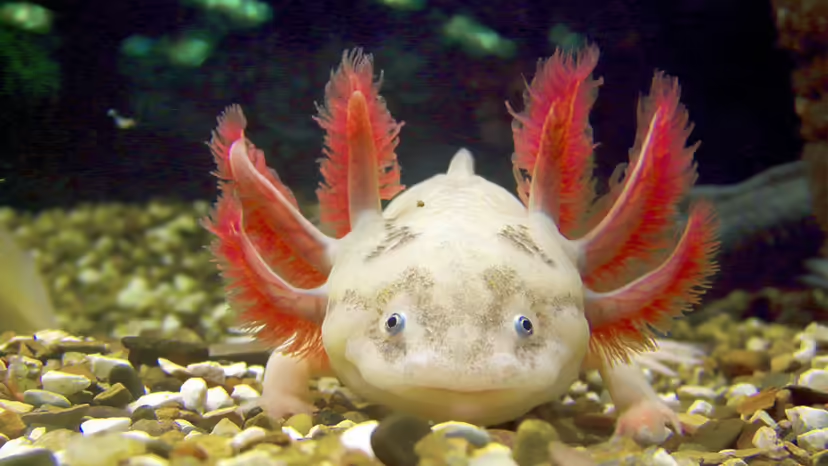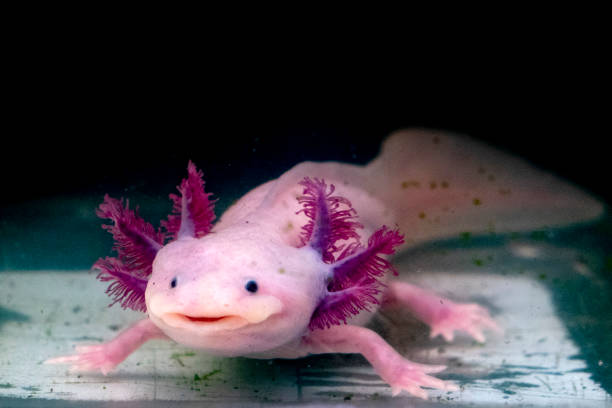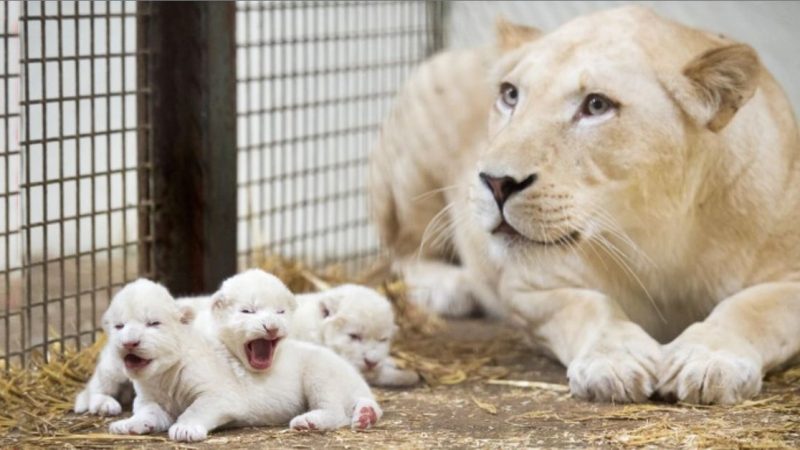An Axolotl: A Super Cute and Ruthless Carnivore
The axolotl, often referred to as the “Mexican walking fish,” is a unique and intriguing amphibian species native to Mexico. These creatures have gained popularity not only for their striking appearance but also for their fascinating biology. Despite their adorable appearance, axolotls are ruthless carnivores in the wild, showcasing an extraordinary blend of cuteness and ferocity.
The axolotl (Ambystoma mexicanum) is a salamander species belonging to the Ambystomatidae family. Unlike their close relatives, axolotls retain their larval features throughout their lives, a phenomenon known as neoteny. This means they remain aquatic and gilled, never undergoing metamorphosis into terrestrial adults. Their remarkable neotenic characteristics have made them a subject of great interest among scientists and enthusiasts alike.
Axolotls are celebrated for their endearing appearance. They have soft, pinkish-gray skin that is covered in small, feathery gills. Their wide smiles reveal rows of tiny, sharp teeth. Their frilly external gills, whimsical gait, and perpetually happy expression make them appear incredibly cute and charming.
Axolotls are primarily found in the ancient Lake Xochimilco and Lake Chalco in Mexico. However, due to habitat destruction and pollution, their wild populations have declined significantly in recent years. Today, most axolotls are found in captivity, where they are bred and studied.
While axolotls may look like gentle creatures, they are actually skilled predators. In the wild, they are opportunistic carnivores, feeding on a variety of aquatic creatures, including small fish, insects, worms, and even smaller amphibians. They employ a unique method of suction feeding, using their powerful jaws to create a vacuum that sucks prey into their mouths.
One of the most remarkable features of axolotls is their exceptional regenerative abilities. They can regrow entire limbs, spinal cords, and even parts of their heart and brain, a trait that has fascinated scientists for decades. Researchers study axolotls in the hope of uncovering insights into regenerative medicine and tissue repair for humans.
Axolotls are listed as critically endangered on the International Union for Conservation of Nature (IUCN) Red List due to habitat loss and pollution. Conservation efforts, including captive breeding programs and habitat restoration, are essential to prevent their extinction.
Axolotls have gained popularity not only in the scientific community but also in popular culture. They have become a symbol of regeneration and resilience and have appeared in literature, art, and even video games.
The axolotl is a captivating and enchanting creature that exemplifies the paradox of cuteness and ruthlessness in the natural world. Despite their charming appearance, they are skilled predators, capable of regenerating lost body parts. However, the survival of this incredible species is currently threatened by human activities. Efforts to protect their habitat and conserve their populations are crucial to ensure that these super cute and ruthless carnivores continue to thrive in the wild.
Hits: 5









